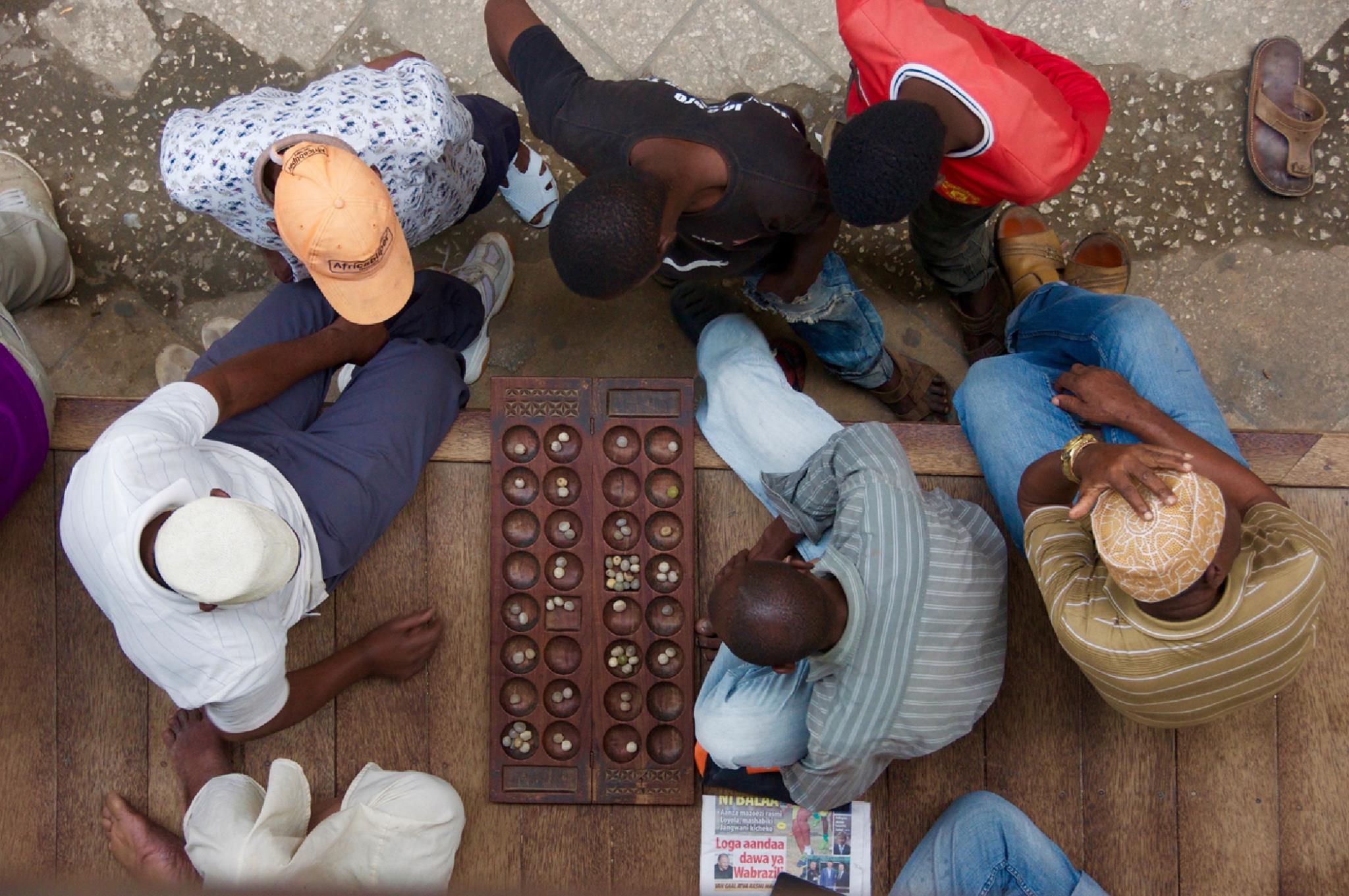Professor Trinkaus is considered by many to be the world’s most influential scholar of Neandertal biology and evolution. Trinkaus’ research is concerned with the evolution of our genus as a background to recent human diversity. In this, he has focused on the paleoanthropology of late archaic and early modern humans, emphasizing biological reflections of the nature, degree and patterning of the behavioral shifts.
This research includes considerations of the "origins of modern humans" phylogenetic debate, the interpretation of the archeological record, and patterns of recent human anatomical variations. However, it has been principally through the paleobiological analysis of human fossil remains that he has sought to shed light on these issues. This research involves: the functional (biomechanical) analysis of head and limb remains, considerations of thermal adaptations, interpretations of ecogeographical patterning, evaluations of neuroanatomical evolution, assessments of the interrelationships between these anatomically-based patterns, decipherment of life history parameters, and paleopathological analyses to assess differential levels and patterns of stress. As such, this work has involved diverse areas of research, including biomechanics, bone biology, taphonomy, demography, pathology and recent human skeletal biology, in addition to traditional aspects of human paleontological analysis.
Until the 1990s, most of these analyses were concerned with the Neandertals, employing them as generally indicative of late archaic humans and as a mirror against which to see the emergence of modern human biology. As a result, we now know more about the paleobiology of the Neandertals than we do about earlier Pleistocene hominids or early modern humans. Trinkaus's research has therefore expanded to focus on the complex patterns of human evolutionary change through the Early and especially Middle Pleistocene, and especially on the diversity, paleobiology and behavior of early modern humans.
The analyses of early modern humans includes considerations of those from Africa, but it focuses on those from the Middle Paleolithic of southwest Asia (Qafzeh and Skhul), the European earlier Upper Paleolithic, and eastern Asia. In addition to a series of analyses of specific aspects of their anatomy, this research has involved a series of projects on different fossil samples.
The first project, which resulted in a monograph (Zilhao and Trinkaus, 2002), involved the early Upper Paleolithic (ca.25,000 B.P.) child's skeleton from the Abrido do Lagar Velho, Portugal, a specimen which indicates some degree of admixture between the Neandertals and early modern humans in Iberia. Subsequent research has now confirmed what was a controversial conclusion a dozen years ago.
The second project concerned the largest known sample of early modern human remains, those from the sites of Dolni Věstonice and Pavlov in southern Moravia, Czech Republic dated to between 25,000 and 27,000 B.P. A fossil catalogue with measurements of the remains (Sládek et al., 2000) and a comparative and descriptive monograph on the remains (Trinkaus and Svoboda, 2006) have resulted from this project..
The third project began in 2002 with the discovery, in southwestern Romania, of early modern human remains in the Peştera cu Oase. These fossils, which were found among cave bear bones in a karstic cave, are dated to ca.35,000 B.P. and represent the earliest modern humans in Europe. Ongoing work on the abundant geological, paleontological and anthropological material from the site has resulted in numerous articles by the international team working on the site, and has resulted in an additional monograph (Trinkaus et al. 2013) on the site, the bears and the human remains.
Developing out of the Peştera cu Oase project is a collaborative analysis of the Middle and Upper Paleolithic and Holocene archeological and human remains from the Peştera Muierii, also in Romania. This has produced an additional monograph, pulling together diverse information on the site (Dobos et al., 2010).
At the same time, the concern with the earliest modern humans across the Old World resulted in a collaborative analysis of the earliest modern human skeleton from eastern Asia, from Tianyuandong, China (Shang and Trinkaus, 2010). This work is proceeding with earlier modern human remains, the earliest well-dated ones from Eurasia, from the southern Chinese site of Zhirendong (Liu et al., 2010). The work in China now includes analysis of the largest samples of late archaic human remains from the same region, from the site of Xujiayao (Wu et al. 2013).
Most recently, Trinkaus has been involved in the analysis and description of the most early Upper Paleolithic elaborate burials known, those from the Sunghir in northern Russia (Trinkaus et al. 2014). In addition, to the general morphology and burial context of these early modern humans, they present a series of abnormalities which raise questions about survival and population dynamics in Pleistocene human populations.
These new discoveries and analyses of existing materials are changing our impressions of early modern human biology, which relate to both the emergence of modern humans and the subsequent evolution of "anatomically modern" humanity.



